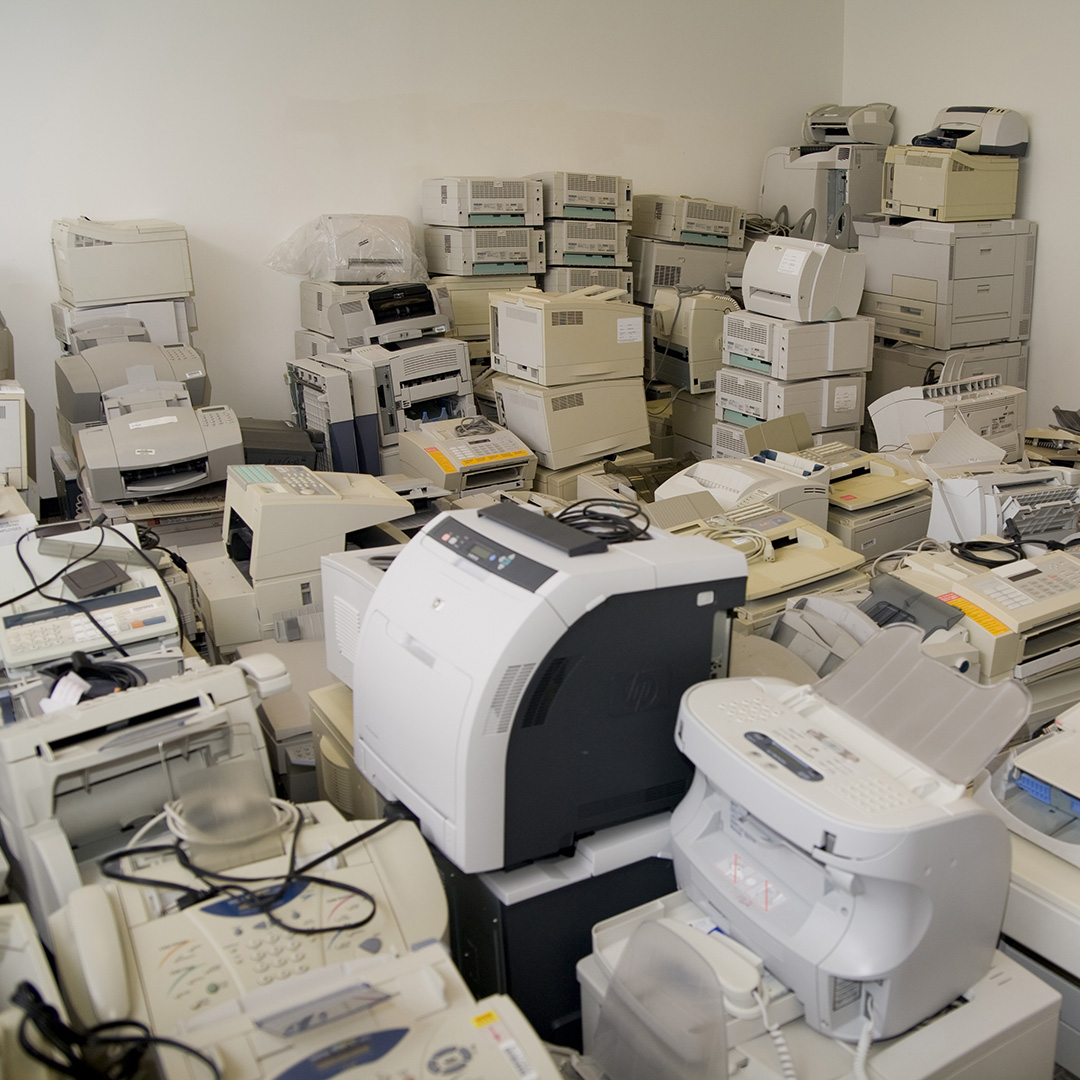This website uses cookies so that we can provide you with the best user experience possible. Cookie information is stored in your browser and performs functions such as recognising you when you return to our website and helping our team to understand which sections of the website you find most interesting and useful.
Citrix Universal Print Server Guide for XenApp Deployment

It is important to take into consideration your printing environment when designing a Citrix XenApp deployment. Installing native (manufacturer provided) printer drivers can create an unstable XenApp environment and also be an administrative headache.
This is especially true for larger XenApp environments with many different printer models deployed. By default, when auto-created client printers are created, they will use the Citrix Universal Print Driver or the native printer driver if it was installed by an administrator. Session printers (network printers deployed via a Citrix policy) that are not used in conjunction with the Citrix Universal Print Server must use a native printer driver.
For environments where end users will need to print to network connected printers, Citrix recommends using the UPS (Universal Print Server) as a best practice. If you aren’t familiar with the Citrix UPS, it is different than the Citrix Universal Print Driver. The Citrix UPS consists of a server component that is installed on a Windows Print Server, and a client component that is installed on each XenApp Server. The latest version of the UPS Server component is supported on Windows Server 2016, 2012 and 2012 R2, and 2008 R2 SP1.
A Citrix policy is required to configure the Citrix UPS. It is not enabled by default. To enable the Citrix UPS for your XenApp environment, you must create a Citrix policy and enable the “Universal Print Server enable” setting. The setting has the following options:
- Enabled with fallback to Windows native remote printing. Network printer connections are serviced by the Universal Print Server, if possible. If the Universal Print Server is not available, the Windows Print Provider is used. The Windows Print Provider continues to handle all printers previously created with the Windows Print Provider.
- Enabled with no fallback to Windows native remote printing. Network printer connections are serviced by the Universal Print Server exclusively. If the Universal Print Server is unavailable, the network printer connection fails. This setting effectively disables network printing through the Windows Print Provider. Printers previously created with the Windows Print Provider are not created while a policy containing this setting is active.
- Disabled. The Universal Print Server feature is disabled. No attempt is made to connect with the Universal Print Server when connecting to a network printer with a UNC name. Connections to remote printers continue to use the Windows native remote printing facility.
Once you have correctly defined and assigned a policy, session printers will be able to use the Citrix Universal Printer Driver, which can go a long way to eliminate print driver related stability issues for your XenApp environment.
This publication contains general information only and Sikich is not, by means of this publication, rendering accounting, business, financial, investment, legal, tax, or any other professional advice or services. This publication is not a substitute for such professional advice or services, nor should you use it as a basis for any decision, action or omission that may affect you or your business. Before making any decision, taking any action or omitting an action that may affect you or your business, you should consult a qualified professional advisor. In addition, this publication may contain certain content generated by an artificial intelligence (AI) language model. You acknowledge that Sikich shall not be responsible for any loss sustained by you or any person who relies on this publication.




